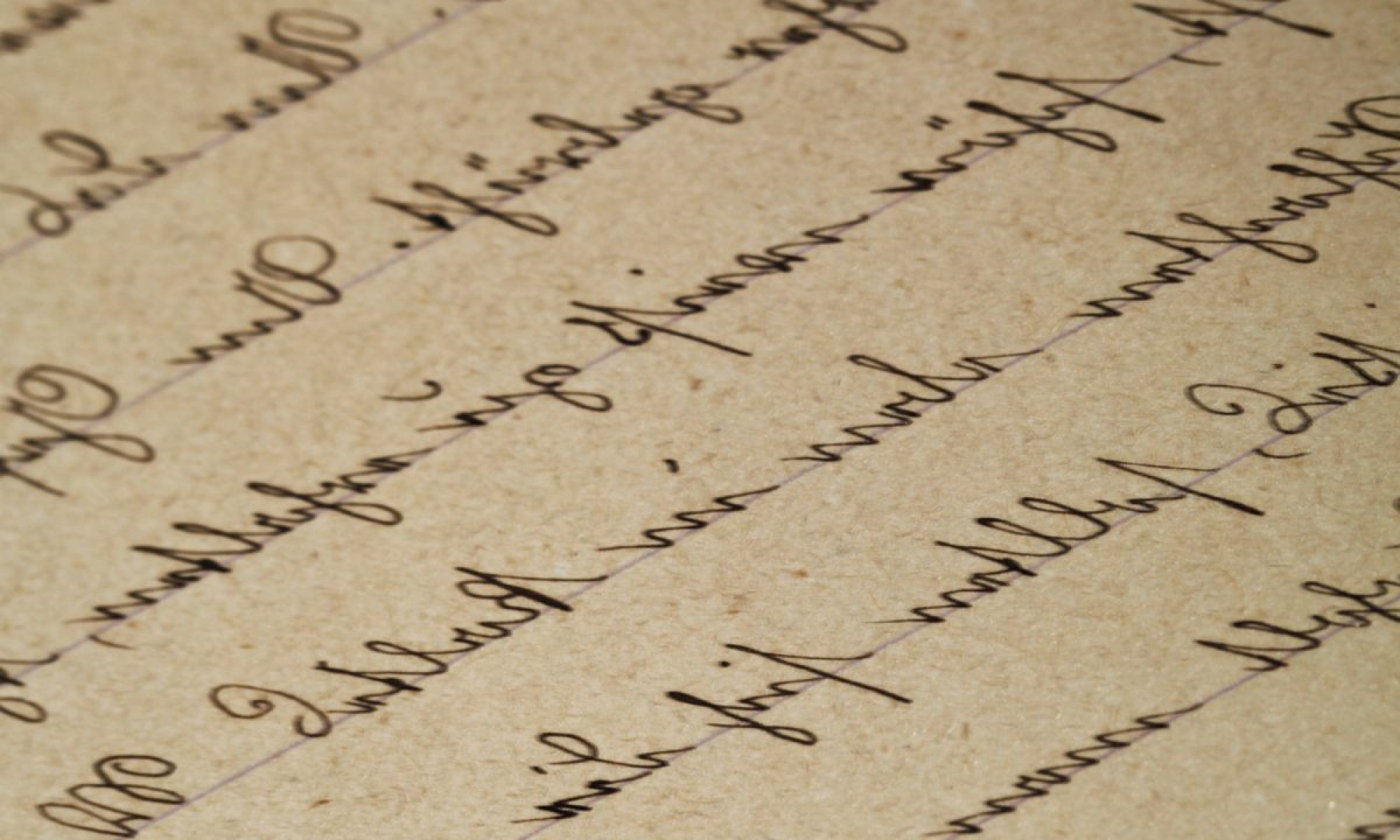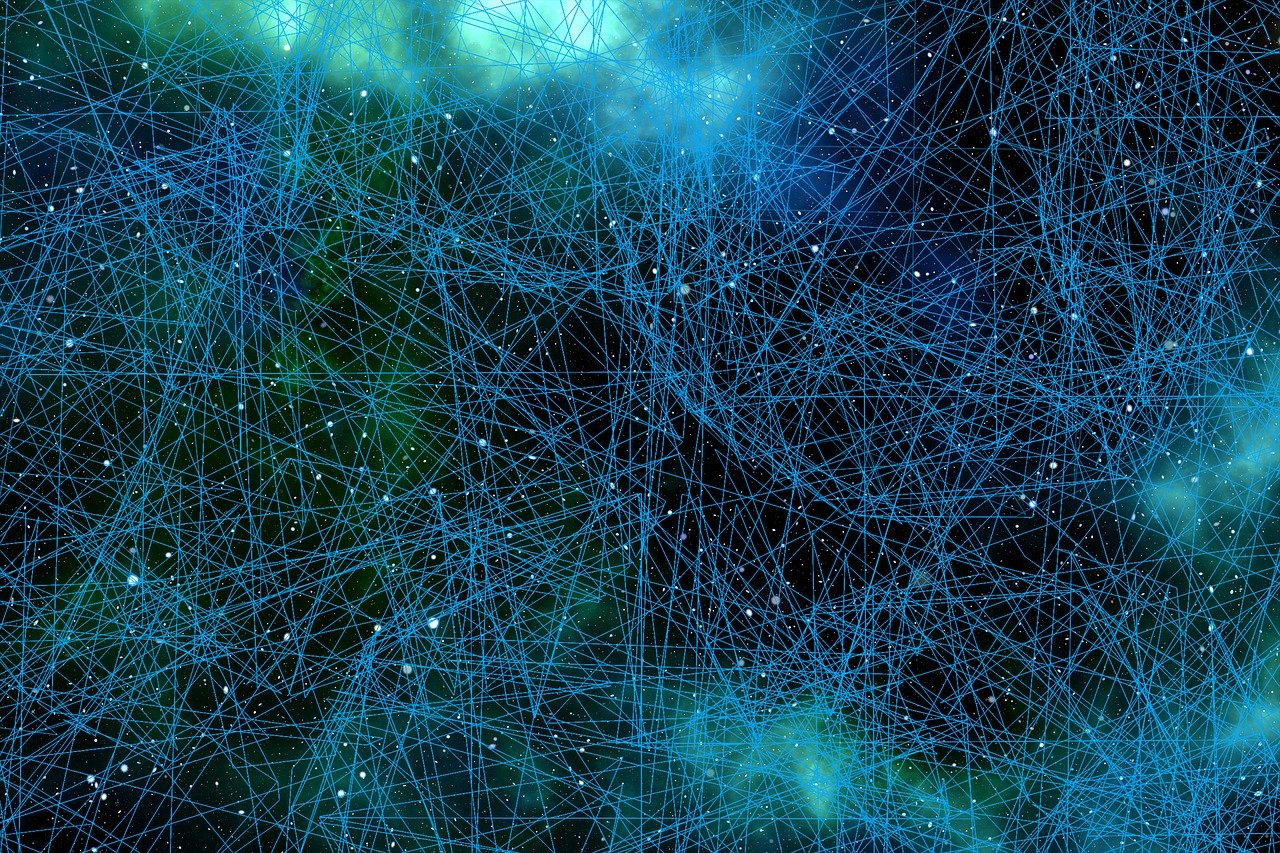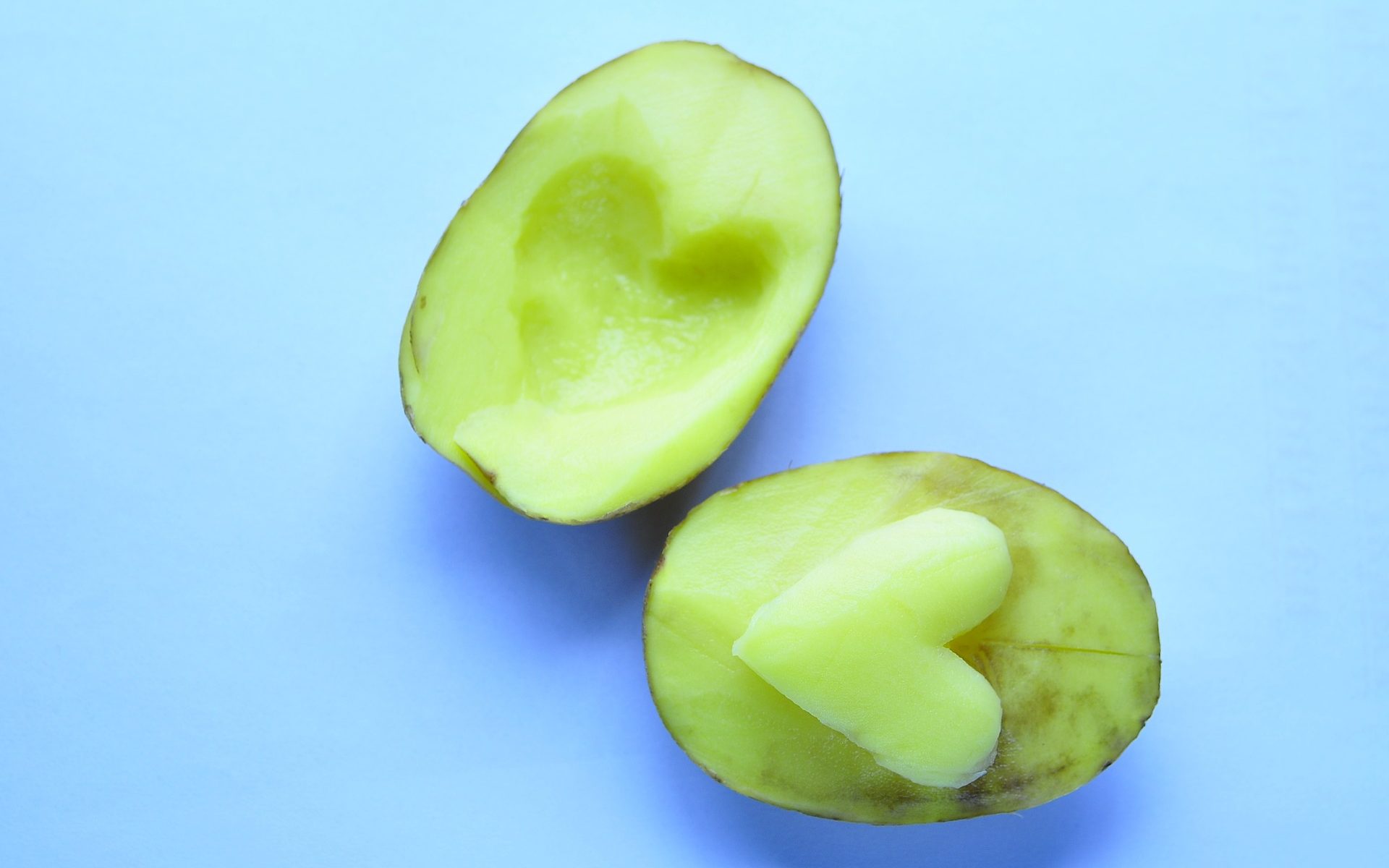Adriana’s narratives, both of them, are so exciting to me! Previously for 523 last summer, I explored the AI that is currently being used in education as well as my speculation about the future of education with AI (this one with Greg). Adriana’s narratives seem like a manifestation of this speculation. I envision a learning environment that is enhanced with AI, a tutor/coach that is assisted by AI and their strengths enhanced by it, and same for the students as well. I do not envision a master-servant relationship, but rather a natural evolution of the technologies we use anyway. I represent a snippet of this (rather comically highlighting a potential downfall) in my second narrative for this task. The advantages I see within an AI-enhance learning environment include, but are not limited to personalized feedback and tutoring, flexibility in teaching and learning, convenience, and saving a lot of time. I also see how easy it would be to weave in professional development for teachers and enhanced and effective learning for the students. Adriana’s first narrative (life planner) sees a 13yo girl begin her day with a daily health and affective scans. Her AI is encouraging and informative, helpful and instructive. It provides meaningful interactions and begins the morning routine: the activities broken down into simple tasks. There is flexibility in the order of the day based on needs. The second narrative (curriculum planner) does the same for Lara’s school day and schedules. The two AIs seem to be interacting with each other as seen by the math test anxiety and review session results being communicated across.
The combination of both of Adriana’s narratives is the AI I envision in the assignment above, that requires a smartphone, 5G connectivity and wearables. The health and affective states scanning requires the wearables, and the smartphone and 5G connectivity allow the AI to exist, do the job, and do it fast, for a seamless experience. I wonder where and how Adriana’s AI exist – are they an app, a physical bot, or embedded within a wearable? For this task, we were required to have a good and a failed attempt at AI. To me, both of Adriana’s narratives are good! Maybe she leaves it up to interpretation intentionally. Maybe this dependence on AI is the bad? The alleged “downfall of humanity” as so many fictional narratives suggest? My narrative, on the other hand, pinpoints one big problem that the web is dealing with even today – hacking. A student seems to have hacked my AI and deleted me from the system, blocking me from entering the classroom, and perhaps even existing as far as the system is concerned. If I were to continue with my narrative, it would have led to an administrator (probably Greg) being called to identify the intruder and he’d have to take me to IT to reinstate me into the system. However, if the system can be hacked, its security needs to be updated.
Hacking is not the only problem I envision, however. It does highlight the fact that the AI is data-driven and lacks the qualities that make us human, like empathy. Adriana’s AI do a credible job of sympathizing with Lara and guiding her towards taking care of her physical and mental health. However, they do this based on perceived anxiety and not any other concern or facial recognition even. The other major concerns I have include ethical and economical concerns with AI enhanced lives and classrooms. All this technology, be it 5G internet, smartphones, wearables – all of this speak to those that have the resources to afford it. What about those who cannot? Greg and I circumvent this in our assignment for 523 by saying that of course the school will provide all students with a device and a wearable, but where is the school going to get the resources for this? I am worried that this will enhance the gap between the higher and lower socio-economic statuses.
Ethics is even more of a grey area, and this includes privacy and data protection. For the AI to be that symbiotically integrated into our lives, it needs to collect a lot of personal and private data, store it on a server somewhere and use it to make decisions that will influence and shape our lives. If Lara’s test is postponed to when it is more convenient for her to take it, sure, she will score better in it. However, what life skills did she learn from that? Yes, it will alleviate her anxiety for this one test, but will she be able to reschedule job interviews, deadlines, health scares, pandemics, environmental crises, world wars? With regards to data security and privacy, what happens when the AI is hacked, and sensitive data is accessible to others with malicious intents? There are so many more questions here!
But I digress… I am curious as to whether the two narratives Adriana puts forth are completely separate entities in her mind or if they can be one with separate homes and roles based on location? Adriana does not have any further illumination nor reflection on her post, which increases the suspense and leaves the reader to interpret her narratives as they choose. I wonder how far (near) in the future will such a speculation come to be true… because it is inevitable.







